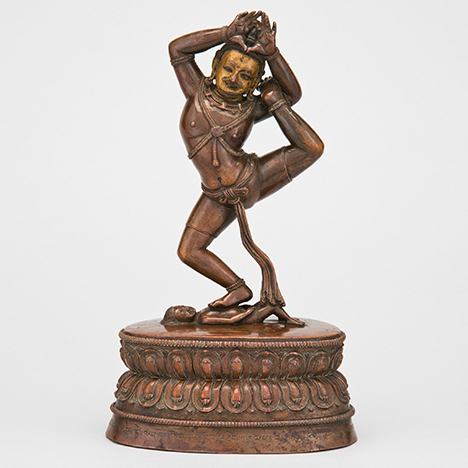Exploring the Tapestry of Yoga: A Guide to Different Types of Yoga for Women’s Health & Wellness
Embarking on a yoga journey is a transformative experience that can foster holistic well-being—physically, mentally, and spiritually. With the vast array of yoga styles available, it’s essential to understand the nuances of each to find the practice that aligns with your unique preferences and wellness goals. In this guide, we’ll explore the diverse world of yoga, offer insights into its rich history, and provide practical tips on choosing the right yoga style for your individual needs.
A Brief History of Yoga:
Let’s start with a bit of background. Yoga isn’t just about striking poses; it’s an age-old practice that originated in the heart of ancient India. The very word “yoga” means unity – a beautiful synergy of mind, body, and spirit. Over thousands of years, yoga has evolved into different styles, each offering a unique approach to achieving balance, strength, and inner peace.

1. Hatha Yoga:
Overview:
Hatha yoga serves as the foundational practice for many modern styles. It focuses on physical postures (asanas) and breath control (pranayama) to promote balance, flexibility, and strength.
– Best For: Beginners or those seeking a gentle introduction to yoga.
2. Vinyasa Yoga:
Overview:
Vinyasa, often known as “flow” yoga, synchronizes breath with movement. This dynamic practice involves continuous, fluid transitions between poses, promoting cardiovascular health, strength, and flexibility.
– Best For: Individuals who enjoy a more energetic and creative approach.
3. Ashtanga Yoga (Power Yoga):
Overview:
Ashtanga yoga follows a structured sequence of postures, emphasizing breath and movement coordination. This rigorous style enhances strength, endurance, and concentration.
– Best For: Those seeking a disciplined and challenging practice.

4. Iyengar Yoga:
Overview: Founded by B.K.S. Iyengar, this style focuses on precision and alignment. Props like belts and blocks are used to achieve proper posture, making it suitable for individuals with injuries.
– Best For: Detail-oriented practitioners and those with physical limitations.
5. Kundalini Yoga:
Overview: Kundalini yoga blends postures, breathwork, and meditation to awaken spiritual energy. It promotes self-awareness, vitality, and a sense of inner balance.
– Best For: Those interested in spiritual growth and energy awakening.

Choosing the Right Yoga Style:
Consider Your Fitness Level:
Beginners may find Hatha or Iyengar yoga beneficial, while Vinyasa or Ashtanga can offer a more intense workout for those seeking a challenge.
Explore Your Goals:
Different styles cater to specific goals, such as physical fitness (Vinyasa, Ashtanga), stress relief (Yin Yoga, Restorative Yoga), or spiritual connection (Kundalini, Jivamukti Yoga).
Personal Preferences:
Consider the pace, flow, and philosophical approach of each style. Experiment with various classes and instructors to find what resonates with you.
Try Different Classes and Instructors:
Attend classes within the same style taught by different instructors. Finding an instructor whose approach aligns with your preferences enhances the overall experience.
Listen to Your Body:
Prioritize styles that challenge you while respecting your body’s limitations. Communicate with instructors about any injuries or health concerns.

Embarking on a yoga journey is a personal exploration that goes beyond physical postures—it’s a journey of self-discovery and well-being. By understanding the history and characteristics of different yoga styles and considering your fitness level, goals, and personal preferences, you can choose a practice that not only enhances your physical health but also nourishes your mind and spirit. Whether you find solace in the mindful movements of Hatha or the dynamic flow of Vinyasa, the key is to embrace the practice that resonates with you, guiding you towards a harmonious and balanced life.

